Clifton Pugh AO was one of Australia’s best-known artists of the 1960s, 1970s and 1980s, and one of its leading advocates for the arts. Born in Richmond, he grew up in Melbourne, moving to Adelaide as a teenager. There, while waiting to enlist, he attended evening classes at the South Australian School of Art. After serving with the AIF, and then for a year in Japan with the British Commonwealth Occupation Force, he returned to Australia to pursue a career as an artist. Under the Commonwealth Rehabilitation Scheme, he attended classes at the National Gallery of Victoria Art School, training under Sir William Dargie. Although a favourite of Dargie’s, soon after completing his course Pugh did away with tonalism, developing a style that is at once expressionistic and figurative, seeking to fuse successfully the rival approaches to painting the virtues of which the arts community debated so passionately in the 1950s. In 1959 he was one of seven artists who signed the Antipodean Manifesto. As Pugh’s popularity grew, so too did the demand for a portrait by him, which increased with his second and third Archibald victories in 1971 and 1972. Reluctant to accept commissions for portraits, he preferred to paint people with whom he had developed some degree of spiritual, intellectual or imaginative connection. These came to include some of Australia’s leading artists, philanthropists and academics. Pugh is now best remembered, however, for his portraits of politicians; his own deep interest in the arts and politics emerged publicly in his chairmanship of the Arts and Cultural Policy Committee of the Victorian Branch of the ALP from 1971. Once described as a court painter to the Australian Labor Party, he portrayed many of its key figures, including Gough Whitlam, Don Dunstan, Clyde Cameron, Clyde Holding, Lionel Murphy and Tom Uren. Yet, moved by various impulses, he also completed portraits of other politicians and statesmen, amongst them Harold Holt, John McEwen, Viscount de L’Isle, the Duke of Edinburgh and Sir John Kerr.
John Olsen AO OBE (1928–2023), painter, was one of the major figures in 20th-century Australian art. Born in Newcastle, he studied art in Sydney with Antonio Dattilo Rubbo and at the Julian Ashton Art School and held his first exhibition in 1955. At this time, he and his friend Robert Klippel were trying to 'paint of the bloodstream' – to commit to the act of painting as a total experience, a totality of random sensations. The pair's 1956 exhibition launched abstract expressionism on the Sydney art scene. Olsen was hailed as a master immediately, and in 1957 a Sydney businessman paid him to go to Majorca to paint. Returning to Sydney in 1960, he cemented his reputation with a series of views of Sydney Harbour and the You Beaut Country series. Over the 1980s and 1990s Olsen's work became increasingly meditative, as he explored ways to express 'a certain mystical throbbing throughout nature'. He won the Archibald Prize with the scratchy, abstract Self-portrait, Janus-faced in 2005.
Collection: National Portrait Gallery
Purchased 1999
© Estate of Mark Strizic
Mark Strizic (age 41 in 1969)
Clifton Pugh AO (age 45 in 1969)
John Olsen AO CBE (age 41 in 1969)



On one level The Companion talks about the most famous and frontline Australians, but on another it tells us about ourselves.
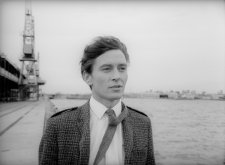
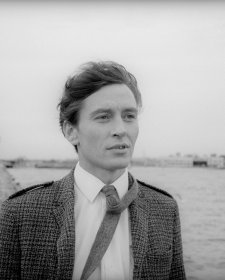
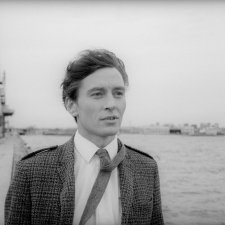
Gael Newton looks at Australian photography, film and the sixties through the novel lens of Mark Strizic.

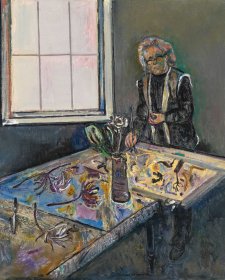
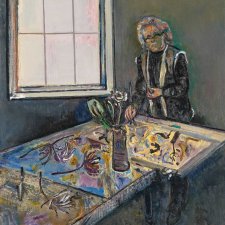
Michael Desmond discusses Fred Williams' portraits of friends, artist Clifton Pugh, David Aspden and writer Stephen Murray-Smith, and the stylistic connections between his portraits and landscapes.